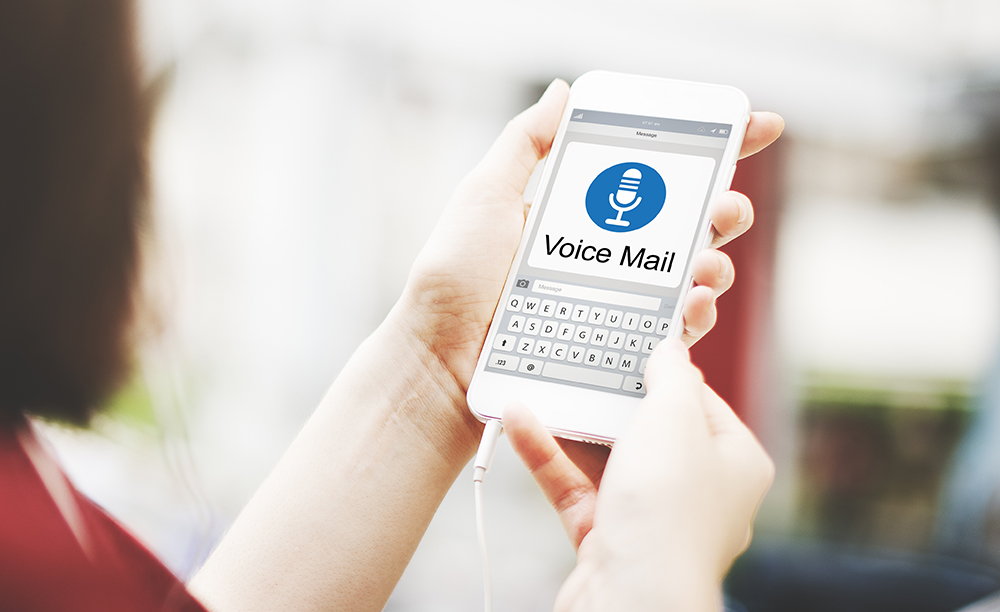
Ringless voicemail is a reasonably new marketing tactic, giving you the chance to drop voicemails directly into your customer's box, bypassing calling and ringing altogether. It could be a less intrusive way for you to reach out to customers and potential leads, but rules and regulations could determine how often and the methodology.
Let's take a look at the pros and cons of ringless voicemail drops to help determine if this marketing strategy is something you should add to your overall approach to customer attraction and retention.

Before we get to the good and the bad, let's address the question on everyone's mind. Yes, ringless voicemail is legal in all states thanks to rulings by the FCC and terms outlined in the Telephone Consumer Protection Act (TCPA). Ringless voicemail remains a viable strategy for outreach.
That said, ringless voicemail is treated under the same terms and conditions as a phone call. You'll want to check your local and state-level regulations to determine what is allowed within ringless voicemail drops and what isn’t.

A ringless voicemail campaign can be a less intrusive way to reach your customers if you approach it and deploy it thoughtfully. Interested parties can listen to your call to action and call you back if the terms of your offer are interesting.
When someone looks at a phone and sees an unopened voicemail, they're more likely to listen to see who is calling and why. The immediate nature of this type of marketing makes customers more reachable than something like email (where messages get lost in spam folders) and social media (where changing algorithms don't guarantee views).
Ringless voicemail works to reach customers more efficiently through voicemail technology systems. There's no need to bother customers or disturb them with ringing and dialing. A direct to voicemail audio message gets straight to the point and is available when your customers are.

If you deploy ringless voicemail considerably as part of a comprehensive marketing strategy, it can be an effective way to draw in leads and provide communications to your existing customers. Combined with email, text messages, and other forms of marketing, you can keep your customers informed and engaged.
The response rate of ringless voicemail is higher than email, and the listening rate may be significantly higher than responding to cold calls. Accessing your customers' voicemail boxes may be tricky if you don't have complete contact information through nurtured lead generation. However, it can be a cost-effective marketing component.
The biggest thing you need for a viable ringless voicemail campaign is data. Do the research on your target market segment to find out if ringless voicemail will be well received or dismissed as needless robocalls.
If you have respect for your customer's voicemail inbox and an understanding of different voicemail servers, you may be able to build a campaign that provides you with many new qualified leads. As your customers explore these missed calls, they'll be able to recognize you and have a clear call to action to help them respond.
Keep these things in mind:
• Is your message clear? - Craft a voicemail with a concise message and clear call to action to incentivize a response.
• Do you use ringless voicemail sparingly? - To avoid associations with telemarketing and robocalls, use ringless voicemail to deliver high-value communications at infrequent times.
• Are you using the data? - Measuring the success of campaigns helps you craft future voice messages that get higher rates of callbacks.
• Is it part of a comprehensive marketing campaign? - Ringless voicemail should be a component of your marketing campaign. A voicemail message is never the whole package.
Do you have questions on how to leave a voicemail without calling? Email us at support@slybroadcast.com.